9 Home Remedies for Knee Pain
As you may be painfully aware, knee pain is very common. Global estimates suggest that more than 1 in 5 adults age 40 and over experience this type of joint problem, and knee pain in men and women in the United States increases steadily after age 60. Here are some of the best home-based ways to help your knees feel and function better.








